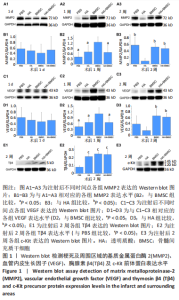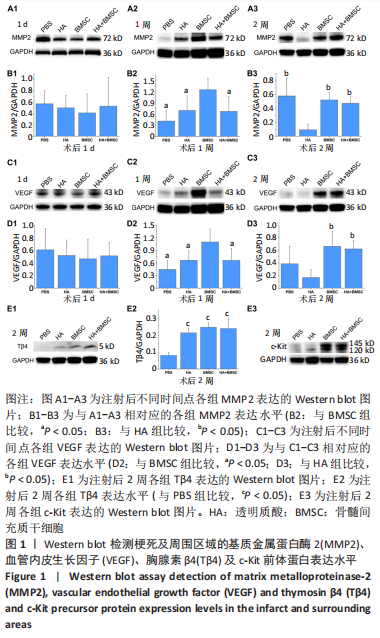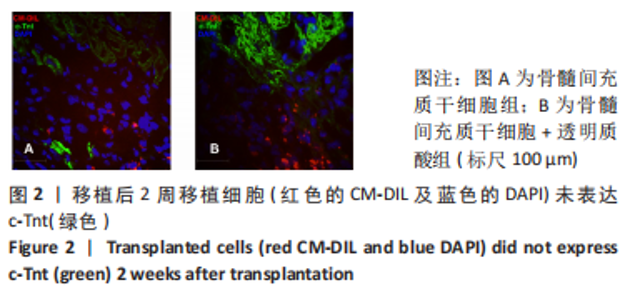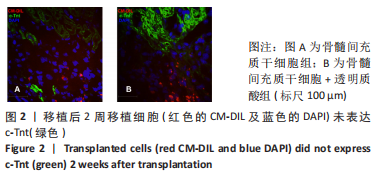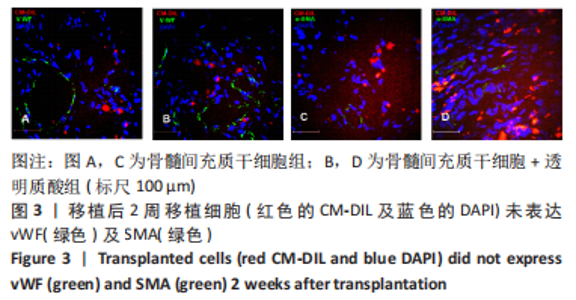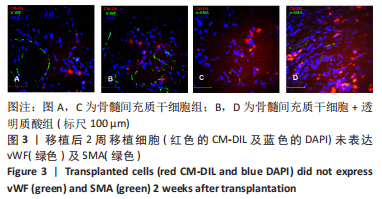[1] LI Z, HU S, CHENG K. Chemical Engineering of Cell Therapy for Heart Diseases. Acc Chem Res. 2019;52(6):1687-1696.
[2] KATARZYNA R. Adult Stem Cell Therapy for Cardiac Repair in Patients After Acute Myocardial Infarction Leading to Ischemic Heart Failure: An Overview of Evidence from the Recent Clinical Trials. Curr Cardiol Rev. 2017;13(3):223-231.
[3] SANO T, ISHIGAMI S, ITO T, et al. Stem Cell Therapy in Heart Disease: Limitations and Future Possibilities. Acta Med Okayama. 2020;74(3): 185-190.
[4] ZHANG J, BOLLI R, GARRY DJ, et al. Basic and Translational Research in Cardiac Repair and Regeneration: JACC State-of-the-Art Review. J Am Coll Cardiol. 2021;78(21):2092-2105.
[5] ISHIGAMI S, SANO T, KRISHNAPURA S, et al. An overview of stem cell therapy for paediatric heart failure. Eur J Cardiothorac Surg. 2020; 58(5):881-887.
[6] LALU MM, MAZZARELLO S, ZLEPNIG J, et al. Safety and Efficacy of Adult Stem Cell Therapy for Acute Myocardial Infarction and Ischemic Heart Failure (SafeCell Heart): A Systematic Review and Meta-Analysis. Stem Cells Transl Med. 2018;7(12):857-866.
[7] BOLLI R, SOLANKHI M, TANG XL, et al. Cell therapy in patients with heart failure: a comprehensive review and emerging concepts. Cardiovasc Res. 2022;118(4):951-976.
[8] KLYACHKIN YM, IDRIS A, RODELL CB, et al. Cathelicidin Related Antimicrobial Peptide (CRAMP) Enhances Bone Marrow Cell Retention and Attenuates Cardiac Dysfunction in a Mouse Model of Myocardial Infarction. Stem Cell Rev Rep. 2018;14(5):702-714.
[9] SANGANALMATH SK, BOLLI R. Cell therapy for heart failure: a comprehensive overview of experimental and clinical studies, current challenges, and future directions. Circ Res. 2013;113(6):810-834.
[10] LIEW LC, HO BX, SOH BS. Mending a broken heart: current strategies and limitations of cell-based therapy. Stem Cell Res Ther. 2020;11(1): 138.
[11] YAO Y, LIAO W, YU R, et al. Potentials of combining nanomaterials and stem cell therapy in myocardial repair. Nanomedicine (Lond). 2018; 13(13):1623-1638.
[12] 商青青,周建业,李凯,等.透明质酸水凝胶包裹骨髓间充质干细胞改善大鼠心肌梗死后心功能[J].中国组织工程研究,2018,22(5): 675-679.
[13] 商青青,周建业.透明质酸水凝胶包裹骨髓间充质干细胞改善心肌梗死大鼠的心功能(Ⅱ)[J].中国组织工程研究,2020,24(34):5559-5563.
[14] BAREEQA SB, BIBI F, AHMED SI, et al. Advancement in Stem Cell Therapy for Ischemic Myocardial Cell: A Systematic Review. Int J Hematol Oncol Stem Cell Res. 2018;12(4):282-290.
[15] MOUNT S, KANDA P, PARENT S, et al. Physiologic expansion of human heart-derived cells enhances therapeutic repair of injured myocardium. Stem Cell Res Ther. 2019;10(1):316.
[16] MICHLER RE. The current status of stem cell therapy in ischemic heart disease. J Card Surg. 2018;33(9):520-531.
[17] ZHOU Q, ZHOU JY, ZHENG Z, et al. A novel vascularized patch enhances cell survival and modifies ventricular remodeling in a rat myocardial infarction model. J Thorac Cardiovasc Surg. 2010;140:1388-1396.e1-3.
[18] POH KK, LEE PSS, DJOHAN AH, et al. Transplantation of Endothelial Progenitor Cells in Obese Diabetic Rats Following Myocardial Infarction: Role of Thymosin Beta-4. Cells. 2020;9(4):949.
[19] POGLAJEN G, FRLJAK S, ZEMLJIČ G, et al. Stem Cell Therapy for Chronic and Advanced Heart Failure. Curr Heart Fail Rep. 2020;17(5):261-270.
[20] PASSIER R, VAN LAAKE LW, MUMMERY CL. Stem-cell-based therapy and lessons from the heart. Nature. 2008;453(7193):322-329.
[21] LI H, WU F, HUANG G, et al. Cardiomyocytes induced from hiPSCs by well-defined compounds have therapeutic potential in heart failure by secreting PDGF-BB. Signal Transduct Target Ther. 2022;7(1):253.
[22] YU H, LU K, ZHU J, et al. Stem cell therapy for ischemic heart diseases. Br Med Bull. 2017;121(1):135-154.
[23] CAI S, LIU Y, ZHENG SHU X, et al. Injectable glycosaminoglycan hydrogels for controlled release of human basic fibroblast growth factor. Biomaterials. 2005;26(30):6054-6067.
[24] HAMILTON M, HARRINGTON S, DHAR P, et al. Hyaluronic Acid Hydrogel Microspheres for Slow Release Stem Cell Delivery. ACS Biomater Sci Eng. 2021;7(8):3754-3763.
[25] CHIRCOV C, GRUMEZESCU AM, BEJENARU LE. Hyaluronic acid-based scaffolds for tissue engineering. Rom J Morphol Embryol. 2018;59(1): 71-76.
[26] PÉREZ LA, HERNÁNDEZ R, ALONSO JM, et al. Hyaluronic Acid Hydrogels Crosslinked in Physiological Conditions: Synthesis and Biomedical Applications. Biomedicines. 2021;9(9):1113.
|
